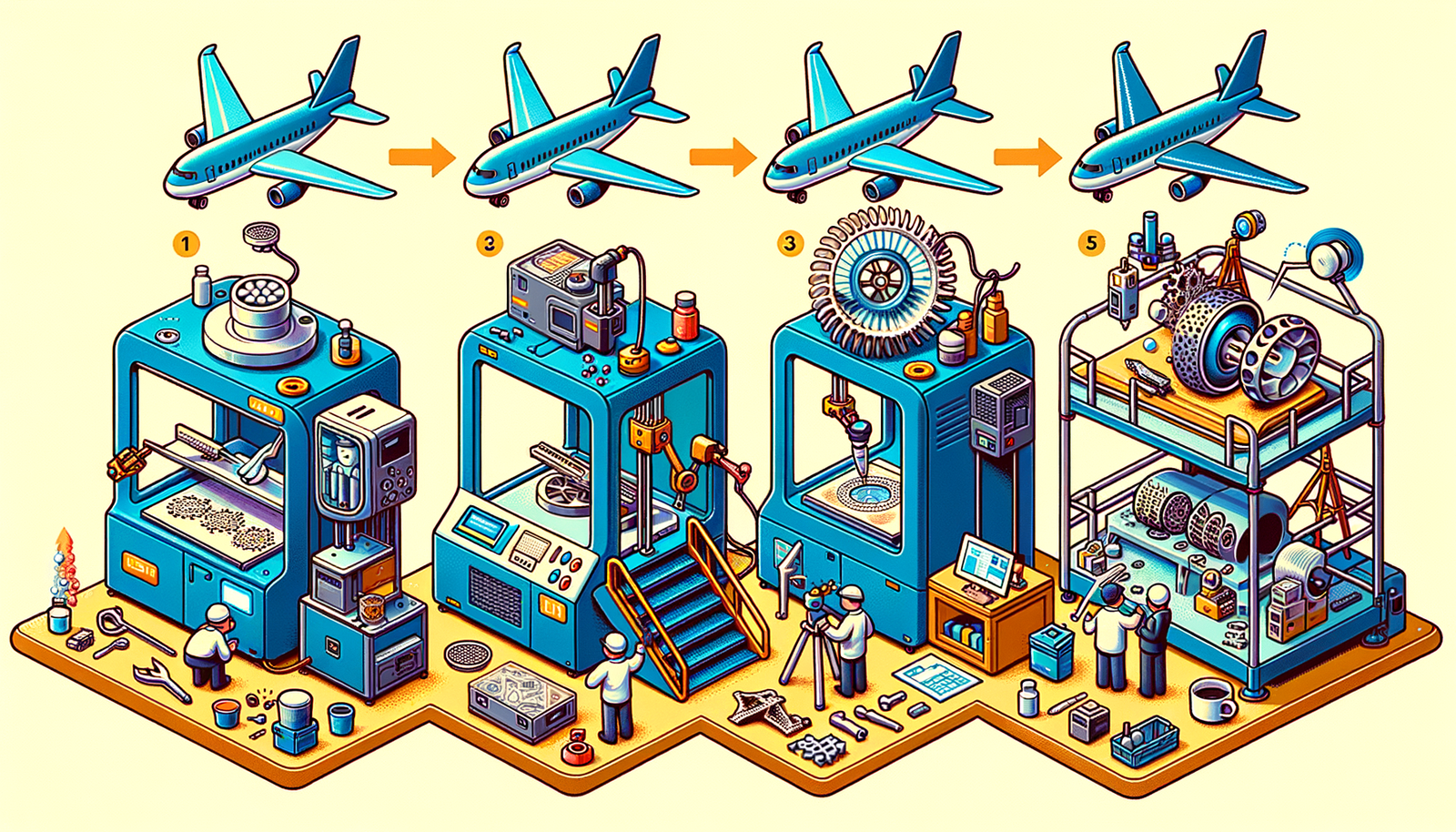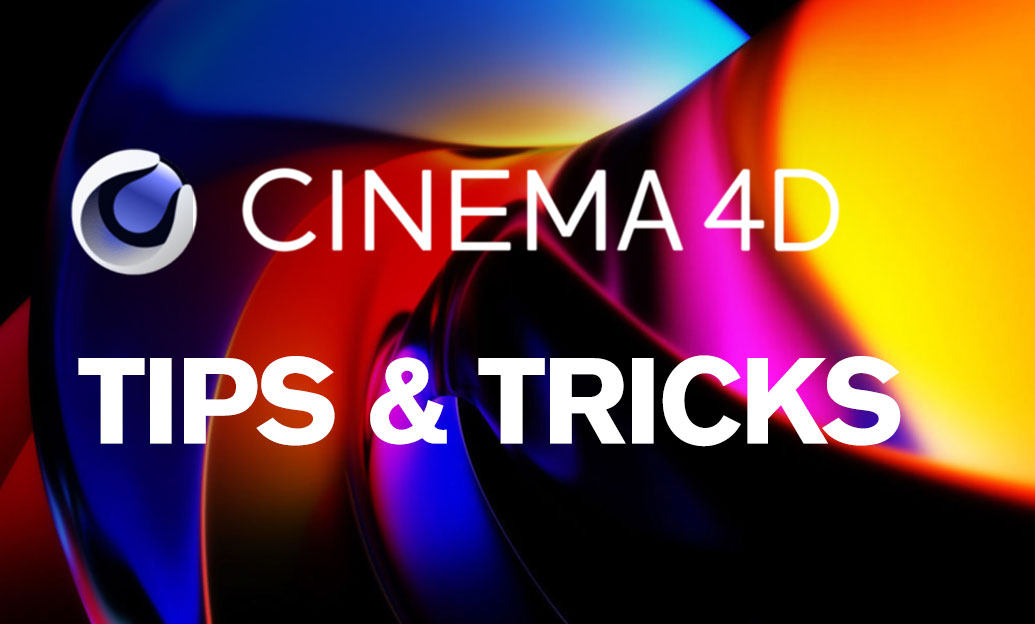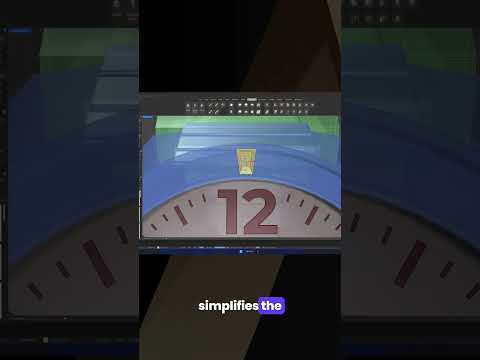Your Cart is Empty
Customer Testimonials
-
"Great customer service. The folks at Novedge were super helpful in navigating a somewhat complicated order including software upgrades and serial numbers in various stages of inactivity. They were friendly and helpful throughout the process.."
Ruben Ruckmark
"Quick & very helpful. We have been using Novedge for years and are very happy with their quick service when we need to make a purchase and excellent support resolving any issues."
Will Woodson
"Scott is the best. He reminds me about subscriptions dates, guides me in the correct direction for updates. He always responds promptly to me. He is literally the reason I continue to work with Novedge and will do so in the future."
Edward Mchugh
"Calvin Lok is “the man”. After my purchase of Sketchup 2021, he called me and provided step-by-step instructions to ease me through difficulties I was having with the setup of my new software."
Mike Borzage
Design Software History: The Influence of Sculptris on Digital Sculpting and Art Innovation
July 23, 2024 5 min read


Introduction to the Impact of Sculptris on Digital Sculpting and Art
Digital sculpting has revolutionized the way artists and designers create intricate, three-dimensional models in a virtual space. This innovative technique has become a cornerstone in modern art and design, offering a level of detail and flexibility that traditional methods struggle to match. Within this landscape, Sculptris has emerged as a landmark software, making digital sculpting accessible to a broader audience and significantly impacting the digital art community.
Created by Tomas Pettersson, Sculptris introduced a paradigm shift in the way digital sculpting is approached. Pettersson's vision was to develop a tool that would simplify the sculpting process, making it intuitive and user-friendly. This software gained quick recognition and was eventually integrated with Pixologic, the developers behind the renowned ZBrush. The seamless blend of innovative technology and user-centric design has solidified Sculptris's place in the annals of digital sculpting history.
Origins and Development of Sculptris
The origins of Sculptris can be traced back to the early 2000s when Tomas Pettersson, a Swedish programmer and digital artist, embarked on a mission to create a sculpting tool that would democratize the field for beginners and hobbyists. Pettersson's background in computer programming and digital art equipped him with the unique skill set needed to tackle this ambitious project. His goal was to design a software application that combined powerful sculpting capabilities with an intuitive and straightforward user interface.
In 2009, Pettersson released the first version of Sculptris to the public, and the response was overwhelmingly positive. The digital arts community quickly embraced the software for its ease of use and robust features. Its user-friendly interface allowed artists to dive into the creative process without the steep learning curve associated with more complex software. This initial success caught the attention of Pixologic, a leading company in the digital sculpting industry known for their flagship product, ZBrush.
Recognizing the potential of Sculptris, Pixologic acquired the software in 2010 and began integrating its features into their existing product lineup. This acquisition marked a significant turning point in the evolution of Sculptris. Under Pixologic's guidance, the software underwent several enhancements and updates, further solidifying its reputation as a powerful yet accessible tool for digital sculpting. The collaboration between Pettersson and Pixologic resulted in a series of innovations that continue to influence the digital sculpting landscape to this day.
Core Technologies and Features
Sculptris is renowned for its user-friendly interface and powerful sculpting tools, which have made it a favorite among digital artists and designers. One of the most notable features of Sculptris is its implementation of dynamic tessellation, a technology that allows artists to focus on their creative process without worrying about the underlying technical details.
Dynamic tessellation is a key innovation in Sculptris, enabling the software to automatically adjust the level of detail in a model based on the artist's input. This means that as an artist adds more detail to a specific area, Sculptris dynamically increases the mesh density in that region, ensuring smooth and detailed results. This technology significantly reduces the need for manual adjustments and allows for a more intuitive sculpting experience.
In addition to dynamic tessellation, Sculptris offers a range of powerful sculpting tools, including brushes for adding and subtracting material, smoothing surfaces, and creating intricate details. The software's interface is designed to be straightforward and accessible, with tools and options clearly organized for easy navigation. This focus on usability makes Sculptris an ideal choice for artists of all skill levels, from beginners to professionals.
When compared to other contemporary sculpting tools, Sculptris stands out for its simplicity and ease of use. While more advanced software like ZBrush offers a wider range of features and capabilities, Sculptris provides a streamlined and accessible alternative that is perfect for those new to digital sculpting or those looking for a quick and efficient tool for their projects. The balance between power and simplicity has made Sculptris a beloved tool in the digital arts community.
Legacy and Influence on the Industry
Sculptris has played a pivotal role in democratizing digital sculpting, making it accessible to a wider audience of beginners and hobbyists. Its intuitive design and user-friendly interface have lowered the barriers to entry, allowing more people to explore the world of digital art and design. This democratization has had a profound impact on the industry, inspiring a new generation of artists and designers to experiment with digital sculpting.
The influence of Sculptris extends beyond its immediate user base. The software's innovative approach to sculpting has inspired the development of other digital sculpting tools and software, contributing to the overall advancement of the field. The concepts and technologies pioneered by Sculptris, such as dynamic tessellation, have been adopted and refined by other developers, pushing the boundaries of what is possible in digital sculpting.
Sculptris has also made significant contributions to various fields, including game design, animation, and 3D printing. In game design, the ability to create detailed and realistic models quickly and efficiently has revolutionized the development process, allowing for more intricate and immersive game environments. In animation, digital sculpting tools like Sculptris have enabled animators to create more lifelike and expressive characters. In the realm of 3D printing, Sculptris has provided artists and designers with the tools to bring their digital creations into the physical world, opening up new possibilities for innovation and creativity.
Looking to the future, the prospects for Sculptris and its influence on emerging technologies in digital design are promising. As new technologies and techniques continue to evolve, the foundational ideas and innovations introduced by Sculptris will likely play a crucial role in shaping the future of digital sculpting. Whether through the development of new tools and software or the continued refinement of existing technologies, the legacy of Sculptris will undoubtedly continue to inspire and influence the digital arts community for years to come.
In conclusion, Sculptris stands as a testament to the power of innovation and accessibility in the world of digital sculpting. From its humble beginnings as a personal project by Tomas Pettersson to its integration with Pixologic and its lasting impact on the industry, Sculptris has left an indelible mark on the field of digital art and design. Its user-friendly interface, dynamic tessellation technology, and contributions to various industries have solidified its place as a pioneering tool in the digital sculpting landscape. As the field continues to evolve, the influence of Sculptris will undoubtedly be felt for years to come, inspiring future generations of artists and designers to push the boundaries of creativity and innovation.
Also in Design News

Design Software History: The Evolution of 3D Printing in Aerospace: From Prototyping to Production
November 27, 2024 7 min read
Read More
Cinema 4D Tip: Optimizing Workflow with Team Render in Cinema 4D
November 27, 2024 2 min read
Read MoreSubscribe
Sign up to get the latest on sales, new releases and more …



